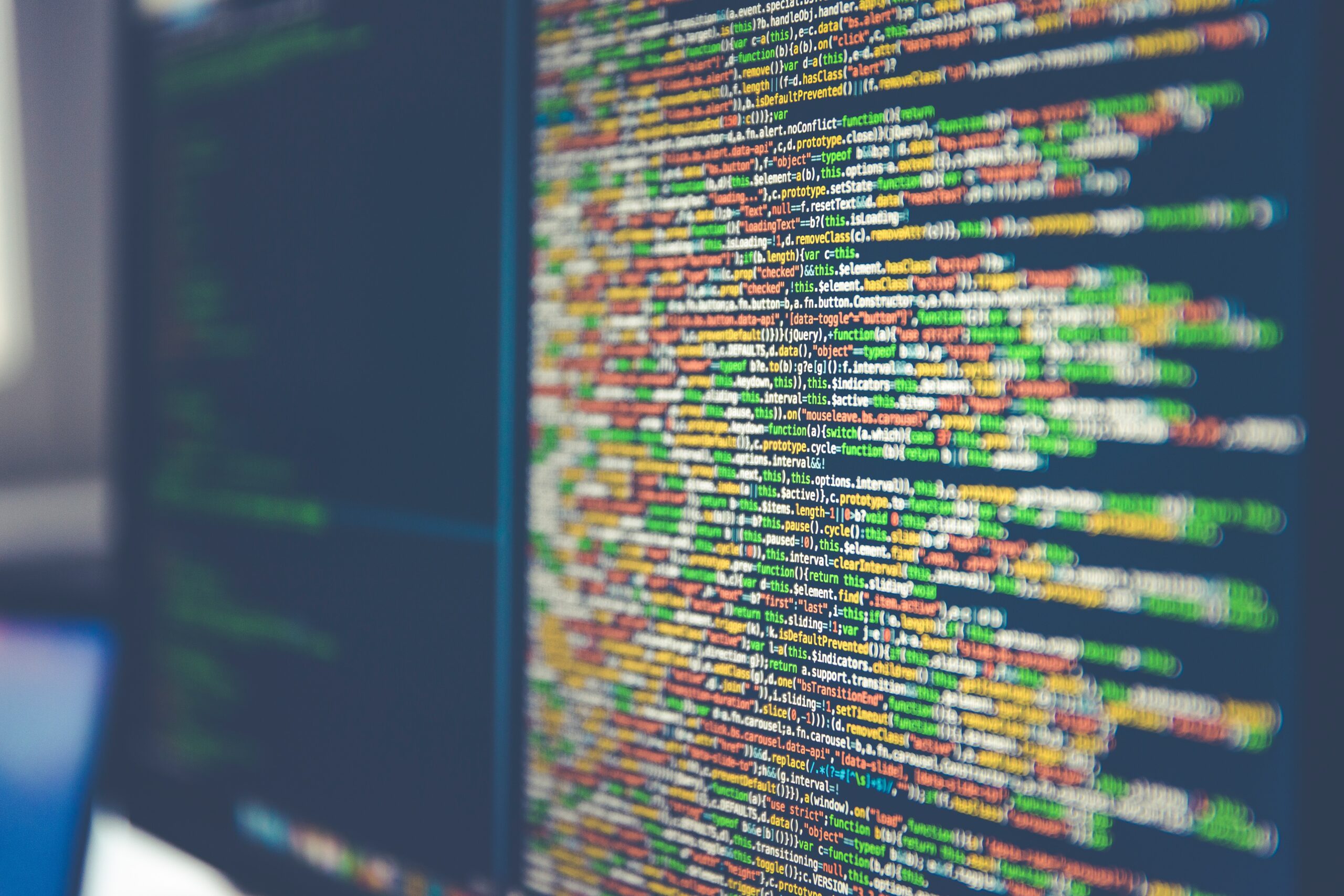Are Industry 4.0 and Internet 4.0 terms you’ve heard before? What about the Internet of Things (IoT)? It’s a safe bet that these terms have surfaced in some of your business dealings and technology searches. Discover how IoT is revolutionizing industries by enabling data-driven decision-making and automation, all to simplify your daily life and your digital transformation.
Industry 4.0 encompasses the Internet of Things (IoT), integrated management systems, cybersecurity, and artificial intelligence (AI), an area in which we excel at Done. Ces sous-thèmes vous permettront d’explorer différentes dimensions de l’intersection entre l’IoT et la transformation numérique, offrant une compréhension approfondie des opportunités et des défis liés à la connexion entre les mondes physique et numérique.
Data-informed Decision-making and Insights
The Internet of Things (IoT) is revolutionizing data collection by seamlessly bringing together massive amounts of information from interconnected devices and sensors.
The proliferation of smart devices enables a continuous flow of data, creating an interconnected ecosystem where devices communicate and share information in real time.
This capability not only facilitates a deeper understanding of the environment, but also provides businesses and industries with an unprecedented volume of data to guide informed decision-making.
Machine Learning in IoT
In the IoT field, data analytics and machine learning play crucial roles in extracting meaningful insights from the overwhelming volume of data generated.
Data analysis techniques sort through the complex mesh of information, identifying trends. Machine learning algorithms go even further, learning from data patterns to make predictions and optimize processes. Together, these technologies enable organizations to transform raw data into actionable intelligence, revealing valuable insights that guide strategic decisions and drive innovation.
IoT Data in Action Through Specific Applications
In the era of digital transformation, many organizations are leveraging Internet of Things data to make informed decisions and optimize business processes. For example:
• Factories use IoT sensors to monitor equipment health in real time, predicting maintenance needs and minimizing downtime.
• In agriculture, IoT devices collect data on soil conditions and weather patterns, helping farmers make accurate crop management decisions.
• Smart cities leverage data to optimize circulation and resource allocation.
These examples highlight the transformative power of data across various sectors, demonstrating its potential to improve efficiency, reduce costs and drive innovation.
Better Internal Logistics and Operations Management
Done is always committed to developing solutions with scalable architecture and technologies, allowing the addition of functionalities according to the needs that arise. This improves our clients’ internal logistics and operations management!
Our collaboration with Engrenages Sherbrooke is an excellent example. We implemented a tool that simplifies task management, optimizes machine usage, and estimates delivery time in just one click, a monitoring system integrated into their SalesForce ERP.
The president of this leading manufacturing company has long had to devote a large part of his weeks, including his Sundays, to planning. These challenges were hindering growth and, as the key person for these tasks, he was limited by time and could not consider taking a vacation.
With Done, the custom tool created increased production by 67% in one year. This improvement has increased sales and customer satisfaction, and it is now possible to double turnover in just 2 years, while focusing on the expansion of the factory, because scheduling is now automated and perfectly adapted to its working environment.
Security and Privacy Challenges on the Internet of Things (IoT)
Digital transformation offers significant benefits, but it comes with considerable challenges. In the IoT field, security is becoming a major concern, requiring special attention to protect devices, networks, and data. Finding a balance between exploiting the opportunities presented and managing the associated risks becomes imperative for organizations engaged in this transformation.
Best Practices for Internet of Things Security
Discussing challenges is essential, but so is identifying best practices. Securing devices, networks, and data involves a holistic approach, incorporating robust security protocols, continuous monitoring, and regular updates.
Educating users on secure practices and working with vendors to ensure up-to-date solutions are key elements. By adopting these best practices, organizations can mitigate risks and strengthen their security posture in the dynamic IoT environment.
Beyond security challenges, data privacy is becoming a crucial concern. Organizations must navigate the complex regulatory landscape while harnessing the inherent potential. This requires clear privacy policies, compliance with regulatory requirements, and transparency in data collection and use.
By proactively addressing these concerns, organizations can not only ensure compliance, but also build user trust and take full advantage of the Internet of Things for digital transformation.
Monitoring, Predictive Maintenance and Integrated Management Systems in a Security Context
In this context of security in an integrated management system, let’s review a concrete example of monitoring and predictive maintenance solutions implementation for the benefit of digital transformation: our project with Solotech.
The installation of various audiovisual equipment at their clients’ homes frequently resulted in emergency interventions by Solotech technicians to resolve charging issues, connections, or faults. The desire was to be able to monitor these systems remotely. However, their clients’ strict security requirements prevented Solotech from having an open connection to their network.
Done met this challenge by finding a secure solution for remote monitoring, allowing it 24/7. Additionally, we integrated this monitoring into their SalesForce ERP, generating alerts and assigning tasks in real time. This approach has allowed Solotech to maintain constant monitoring of equipment, anticipating and resolving issues before customers even notice them. Nearly 70% of support cases can now be resolved remotely using this monitoring system!
The Role of Artificial Intelligence in Industry 4.0
In summary, as you may have seen from the previous examples, once data is properly structured and generated in large quantities, it opens the door to a variety of tools for specific tasks. Here are some real-world applications of AI in Internet 4.0 (and how we can help your team at Done):
- Numerical Value Prediction and Time Series Forecasting: imagine helping a real estate agency predict home prices based on criteria such as location, number of rooms, and size to better structure its sales and marketing efforts. We can also anticipate future values based on historical data, whether sales forecasts or inventory level projections. We can also anticipate future values based on historical data, whether sales forecasts or inventory level projections.
- • Anomaly Detection: we can put systems in place to spot fraud in credit card transactions or identify irregularities in the operation of machines for preventive maintenance.
- • Word Processing and Image Classification: our applications also excel at image classification, whether recognizing handwritten numbers or identifying specific objects.
As experts in custom software development, we are positioned to create innovative solutions that fully exploit the synergies between these elements, helping to shape the future of Industry 4.0. And you? How can we simplify your digital transformation with the Internet of Things? Contact our team to discuss it and find out!


